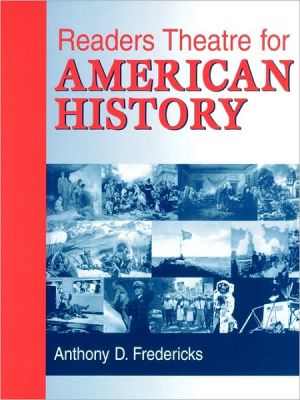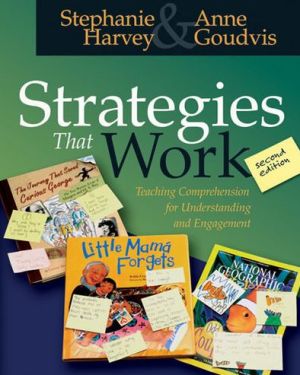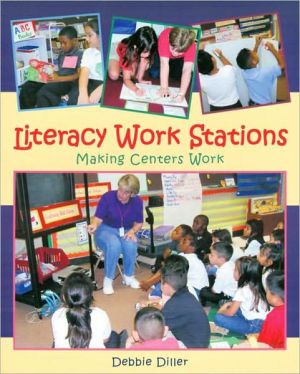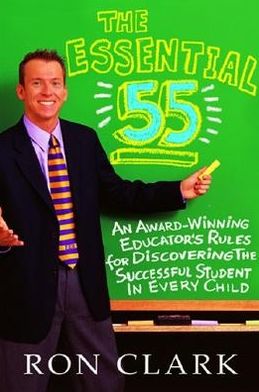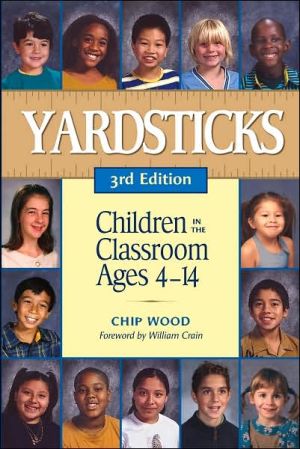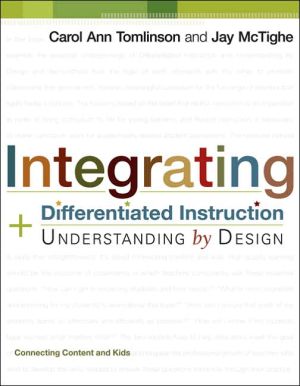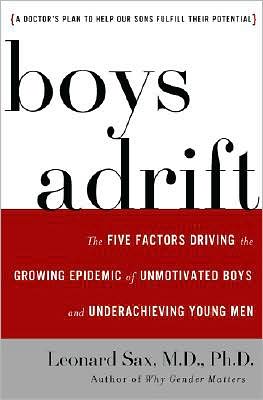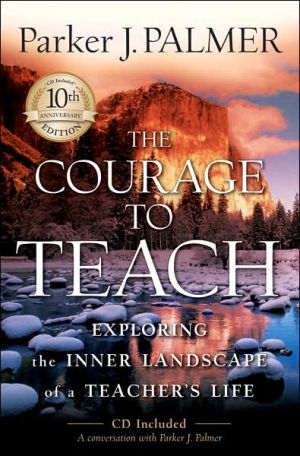Readers Theatre For American History
This participatory approach actively engages students in their own American history education. Arranged chronologically, these 24 readers theatre scripts put students in roles of selected historical figures, giving them a you are there perspective on the unfolding of critical milestones, memorable circumstances, and colorful venues that have shaped the American experience. Students can travel with a determined family along the Oregon Trail or to the moon with Neil Armstrong. Other...
Search in google:
This participatory approach actively engages students in their own American history education. Arranged chronologically, these 24 readers theatre scripts put students in roles of selected historical figures, giving them a you are there perspective on the unfolding of critical milestones, memorable circumstances, and colorful venues that have shaped the American experience. Students can travel with a determined family along the Oregon Trail or to the moon with Neil Armstrong. Other opportunities to make history come alive include scripts having students work alongside Father Junipero Serra at Mission San Juan Capistrano and stand alongside Thomas Jefferson as he drafts the Declaration of Independence. Activity ideas and learning extensions follow each script. School Library Journal Beginning with copious suggestions and ideas for preparing and presenting the scripts, Fredericks then provides directions for staging, using props, delivery, and post presentations. Scripts are presented in five parts and cover the land and early people of North America, the beginnings of a new nation, changes in the 19th century, new directions of the 20th century, and the recent challenges of the 20th and 21st centuries. A list of possible extensions to continue the historical lesson through research and discussion follows each script. Dialogue is simple yet engaging enough for students. Most scripts involve anywhere from 4 to 10 characters. Students should find American history more meaningful through fun and active participation in historical events, becoming major characters of history, and developing the ability to communicate through storytelling via readers theatre.-Susan Shaver, Hemingford Public Schools, NE Copyright 2001 Cahners Business Information.
PrefaceIntroductionPt. 1North America: Land and Early PeopleThe First People of North America: Across the Bering Strait3Cliff Dwellers: A Day in Mesa Verde9The Vikings: Leif Eriksson Discovers Vinland15Columbus and the New World: Columbus Pleads His Case21European Explorations: An Imaginary Discussion27Pt. 2The Beginnings of a New Nation: The 1600s and 1700sThe New England Colonies: The Mayflower Compact37The Spanish Colonies: Mission San Juan Capistrano45A Declaration of Independence: A Conversation with Thomas Jefferson50A New Constitution: Delegates Speak Out57Pt. 3The Nation Changes: The 19th CenturyThe Moving Frontier: With the McMillans on the Oregon Trail65Conflict Between North and South: One Day in Gettysburg71The Last Western Frontier: Driving the Final Spike78The Immigrants: The Shapiros' New Adventure84The Industrial Revolution: Long Hours, Long Days91Pt. 4New Directions: The 20th CenturyThe United States and World War I: March 1917: In a Coffee Shop101The Nineteenth Amendment: A Right to Vote108The Great Depression: A Bowl of Soup, a Piece of Bread113World War II: December 7, 1941: Aboard the USS Arizona118Equal Rights for All: December 1, 1955: Montgomery, Alabama124Pt. 5Recent History, Recent Challenges: The 20th and 21st CenturiesBeyond the Earth: Eight Days, Three Hours, and Eighteen Minutes133The Vietnam War: Two Soldiers: Talking, Dying140Women's Rights: Equal Rights Amendment147The Environment: Air to Breathe, Water to Drink152The 21st Century: What's Ahead?158Resources165More Teacher Resources by Anthony D. Fredericks169About the Author173
\ School Library JournalBeginning with copious suggestions and ideas for preparing and presenting the scripts, Fredericks then provides directions for staging, using props, delivery, and post presentations. Scripts are presented in five parts and cover the land and early people of North America, the beginnings of a new nation, changes in the 19th century, new directions of the 20th century, and the recent challenges of the 20th and 21st centuries. A list of possible extensions to continue the historical lesson through research and discussion follows each script. Dialogue is simple yet engaging enough for students. Most scripts involve anywhere from 4 to 10 characters. Students should find American history more meaningful through fun and active participation in historical events, becoming major characters of history, and developing the ability to communicate through storytelling via readers theatre.-Susan Shaver, Hemingford Public Schools, NE Copyright 2001 Cahners Business Information.\ \
